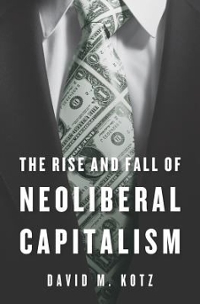Question
Consider a world described by a Ricardian model of trade. There are two countries, Home (H) and Foreign (F). Two goods are produced, X and
Consider a world described by a Ricardian model of trade. There are two countries, Home (H) and Foreign (F). Two goods are produced, X and Y. In Foreign, the amount of labour required to produce units of good X is given by = 3. In Home, the amount of labour required to produce units of good X is given by = 6. In Foreign, the amount of labour required to produce units of good Y is given by = 9. In Home, the amount of labour required to produce units of good Y is given by = . Each country is endowed with 30 units of labour which is fully mobile between sectors, but immobile internationally. Finally, assume that both countries contain one representative consumer with the following preference specification: (, ) = min{3, }. i. Which country has the absolute advantage in the production of each good? Explain and show all working. (2 marks) ii. Which country has the comparative advantage in the production of each good? Explain and show all working. (2 marks) iii. Draw the production possibilities frontiers (PPF) for Home and Foreign. Plot Y on the vertical axis and X on the horizontal axis. (2 marks) iv. Solve for the autarky equilibrium price ratio, consumption and production in Home and Foreign. (3 marks) v. Does the price ratio = 3 support a competitive free trade equilibrium? Prove. (8 marks)
Step by Step Solution
There are 3 Steps involved in it
Step: 1

Get Instant Access to Expert-Tailored Solutions
See step-by-step solutions with expert insights and AI powered tools for academic success
Step: 2

Step: 3

Ace Your Homework with AI
Get the answers you need in no time with our AI-driven, step-by-step assistance
Get Started


